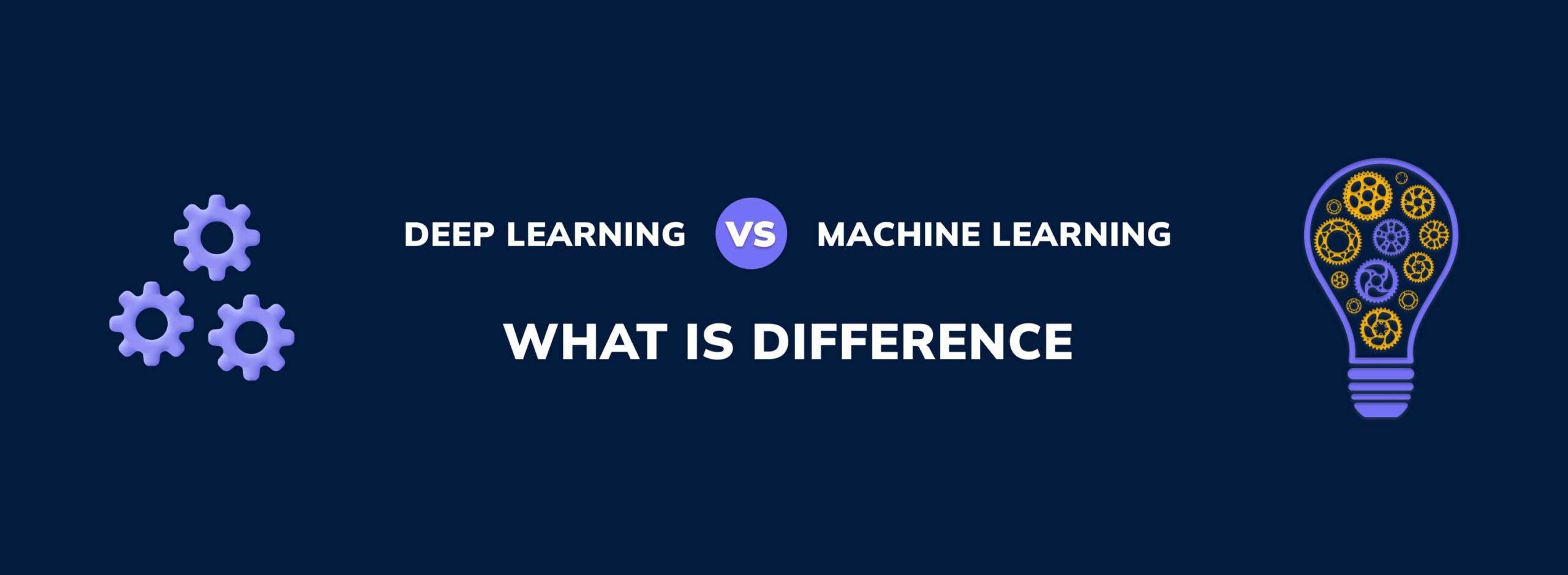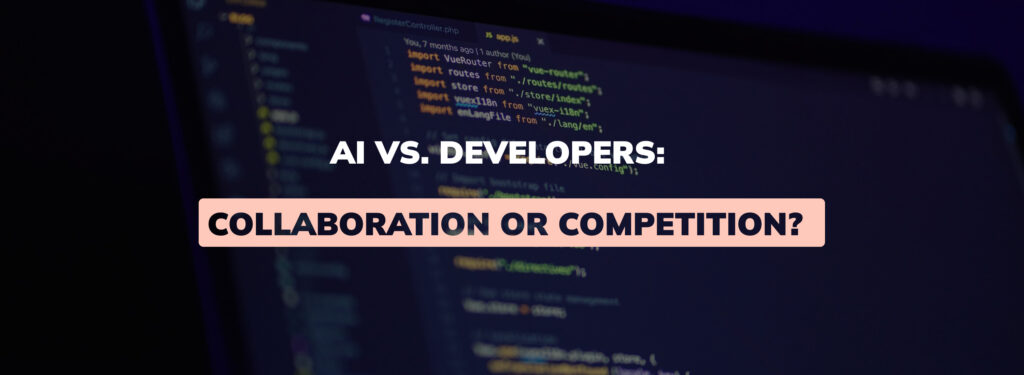People tend to use the phrases, deep learning, and machine learning interchangeably. While they are similar, it is important to note that they mean different things. To understand them well, we need to look at the concept of Artificial Intelligence (AI). Deep learning is a subset of machine learning, while machine learning is a subset of AI. Therefore, we can say that Artificial Intelligence is made up of both deep learning and machine learning.
In this article, we will talk more about the concept of Artificial Intelligence, deep learning, and machine learning. We will then discuss the differences between deep learning and machine learning. All these may sound confusing right now, but trust me, at the end of this article, you will be able to distinguish between the two.
What is Artificial Intelligence?
As we have earlier stated, we cannot discuss deep learning and machine learning without including artificial intelligence. Artificial intelligence (AI) is the ability of a computer, computerized device, or other machines to exhibit the intellectual capacities of humans through logical reasoning and assisting humans in the execution of their tasks.
What is Machine Learning?
The word, Machine Learning, was coined by Arthur Samuel in the 1960s. Machine learning focuses on using structured or labeled data to mimic human intelligence. It uses previous data to update its algorithms, and improve its decision-making capacity.
Previously, if any changes were to be made to a technology that uses AI, programmers have to go through the developed AI and code the new features. However, with the advent of machine learning, an AI can improve on its own with minimal or no further input from human programmers. This is because it analyzes, learns, and draws inferences from previous data. The more it comprehends this pre-existing data, the more it makes more accurate predictions. An example of this is when you log-in to YouTube, some recommendations are shown based on your previous searches and views. The more you search, the more the algorithm is updated and the more accurate your predictions are.
The thing about machine learning is that the data has to be structured. Even if what is available is unstructured data, the AI-powered device will still organize it into a set of structured data and this is done through supervised learning.
Before we continue, I will like to define some terms for easy understanding.
- Structured Data
Structured data is a form of data that is organized, can be easily analyzed, and is quantitative in nature. An example of structured data is seen when you want to write an address of a letter. You will start with the name of the address, insert the state, and the country, followed by the date in a day-month-year format. Therefore, when you organize your address to fit the normal way or procedure in writing the address, then you can call that structured data. Structured data oftentimes are written in rows and columns.
- Unstructured Data
Unlike structured data that are organized, unstructured data is a form of data that is not organized and is qualitative in nature. They consist of data in its raw state. According to the example I gave when talking about structured data, unstructured data will be the content of the letter itself. There is no rule suggesting what you should write about or how long your words should be. The content of the letter is still in its original state.
- Supervised Learning
Another term frequently used is “Supervised Learning.” Supervised learning is a machine learning method by which machines are trained using labeled or structured data. First, all sufficient data must have been inputted and labeled by humans for the AI-powered technology, which can be used by the technology to make accurate decisions when it is queried at other times. This means the technology must first be trained. Therefore, all the machine has to do is classify data based on the already labeled data or data gathered from previous experience in predicting an outcome.
- Unsupervised learning
Unsupervised learning, on the other hand, is a machine learning method by which a machine trains itself using raw or unstructured data. From this raw data, the machines figure out what the output will be by analyzing and organizing the data on its own. Therefore, at the point of inputting the unstructured or unlabeled data by humans, the output is not given to the algorithm. Because the data are not labeled, the machine will learn by itself through hidden patterns and figure out what an outcome should be when queried.
What Is Deep Learning?
Deep learning is a subset of machine learning. It works based on the artificial neural network that mimics the human neural network, following the pattern of the human brain. They can make use of unstructured data such as images and texts and predicts its outcome without any human supervision. As the name implies, it studies the human thinking pattern deeply and makes decisions like humans will do. It also works on large amounts of data and takes a longer time to train them when compared to Machine Learning. They are used in several industries, such as in automated cars that do not require drivers or medical research to identify certain diseases, etc.
Differences Between Deep Learning and Machine Learning
As earlier established, deep learning is also a type of machine learning. We can simply say that deep learning is advanced machine learning. The differences between deep learning and machine learning are seen in the table below:
| S/N | Deep Learning | Machine Learning |
| 1. | Works with unstructured data | Works with structured data |
| 2. | Requires no human supervision | Requires minimal human intervention |
| 3. | It is a type of machine learning | It is a type of artificial intelligence |
| 4. | Learns from its environment and predicts output on its own | Learns from previous data and generates output based on what had been inputted |
| 5. | Can work on a large amount of data | Can work on small amount of data |
| 6. | Requires longer time to train | Requires shorter time to train |
Conclusion
Now that you have been able to identify the differences between deep learning and machine learning, I believe you now know when to employ each branches of artificial intelligence. The complexity of a problem will determine the type will work for you. For AI-powered technologies that only uses few data, you can go for machine learning; but if you are working on large amounts of data, then you should go for deep learning.







